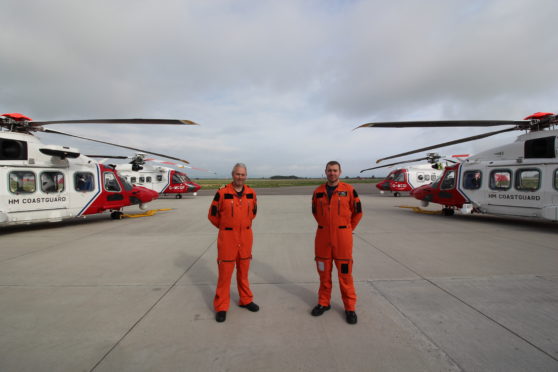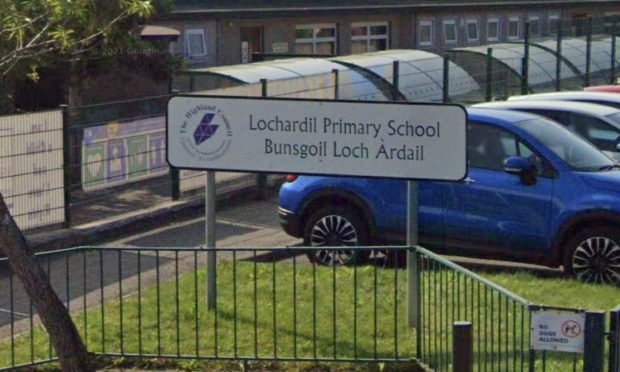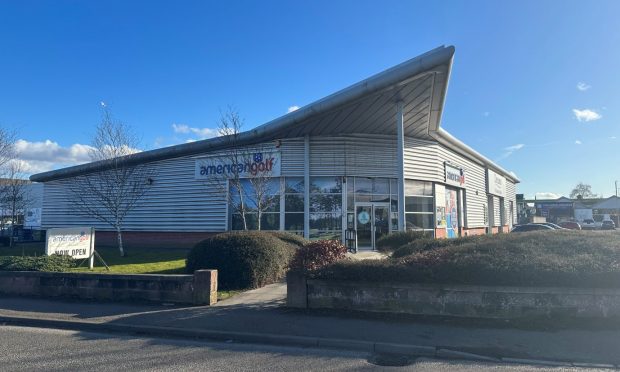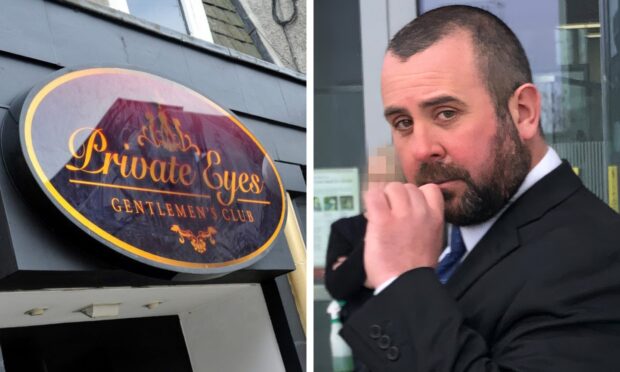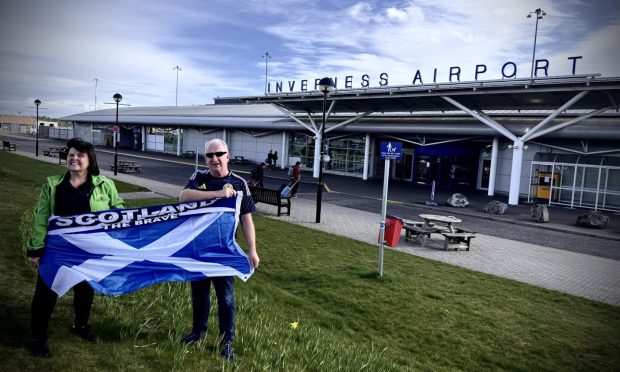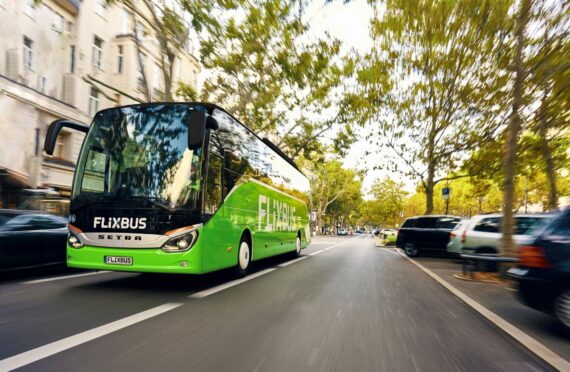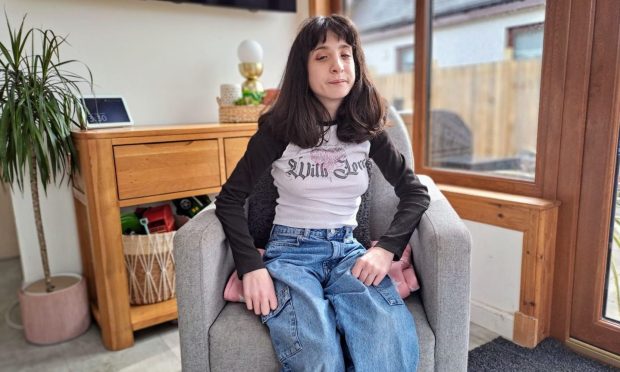The next generation of search and rescue helicopters has arrived in the north.
Two £20 million Leonardo AW189 helicopters will replace two Sikorsky S92 helicopters to service search and rescue operations in the Highlands and Islands and further afield.
The Coastguard base at Inverness is the fifth and final location in the UK to fly this new model of helicopter for SAR missions, following Lydd and Lee-on-Solent on the south coast, St Athan in Wales, and Prestwick in central Scotland.
The outgoing Sikorsky S92 have been in active service out of Inverness since 2015.
The new helicopters, painted in red and white, are operated by Bristow Helicopters Limited, on behalf of HM Coastguard.
The Leonardo AW189 is the latest generation helicopter specially designed to meet long-range, high endurance requirements for search and rescue missions in the most demanding operational and environmental conditions.
Damien Oliver, aviation programme director at the Maritime and Coastguard Agency said: “We are proud to be leading the way in search and rescue both in the air and on the ground.
“These Leonardo AW189 aircraft will enable us to continue to carry out even more vital life-saving missions across Scotland in an area where rescues can be very demanding on our crews and in difficult to reach locations.”
Chief pilot John McIntyre from Inverness, said: “The AW189 has been a great success since it was introduced into UK search and rescue in 2017, completing more than 1,200 missions operating from four bases – almost half of which have originated at our fellow Scottish base at Prestwick.
“The AW189 has proven itself from marine to mountainous environments in search and rescue operations in the past two years.
“Our year-round training, the quality of the aircraft and the technology on board are essential to maintaining our capability to bring people home safely from a mission.
“These aircraft, and the hard work of our dedicated crews alongside the other services we work with, give us the best chance of living up to the incredibly high standard the UK search and rescue service is renowned for.”
